Everything You Need To Know About Seafood.
History of seafood
During this period, most of the people lived a hunter-gatherer lifestyle and were on the move, by necessity. Some representations say the adoption of fishing as a pastime. It is the earliest work to survive to the modern period. Fish consumption varies according to the property and location of the household. They were eaten but were more often transported inland. Sardines and anchovies were regular fares for the citizens of Athens. sometimes sold the fish fresh, but more often salted. A moth from a small Boeotian town at the end of the 3rd century BC. Ekrafia, on Lake Kopais, provides us with a list of fish prices. The cheapest was the skunk (parrot) while Atlantic bluefin tuna was three times as expensive. The Lake Kopis itself was famous throughout Greece, celebrated by the eel, the hero of the Acharians.
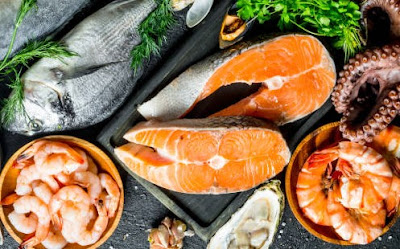 |
| Seafood |
seafood was less coveted than other animal meats and was often seen as a meat substitute only on fasting days. Besides, seafood was a mainstay of many coastal populations. Kips made from herring can be found in markets as far away as the North Sea of Constantinople. Dried fish had to be put in a bowl before being soaked in water. Beating with a mallet.
List of types of seafood and list of aquatic animals
Production data are extracted from the FAO Fishstat database, and wild fish. Capture from rearing and aquaculture production are both included. Fish are aquatic vertebrates that lack limbs with points, use gills for breathing, and the head is protected by tough bone or cartilage skull.
Pelagic fish (Atlantic bluefin tuna) marine
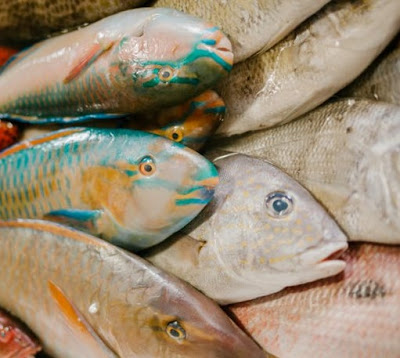 |
| Fish |
Demerits Demersal Fish
Near the bottom of the ocean demerits demersal fish lives and feed. Some seafood groups are cod, flatfish, grouper, and stingray. Some seafood groups are salmon, ruff, eels, and lampreys. Freshwater fish (tilapia) Freshwater fish live in rivers, lakes, reservoirs, and ponds.Demersal fish (American plaice)
The calcareous shell is protected by bivalves and gastropods. The mollusk grows as it grows. Cephalopods are not protected by a shell.
The bicuspid bivalve sometimes referred to as the large scallop, has a protective shell in two hinged parts. Important seafood bivalves include oysters, scallops, mussels, and chicken. Most of these are filter fillers that bury themselves in sediment on the ocean floor where they are protected from prey. Some attach themselves to rocks or other hard surfaces or on the ocean floor. Some, like scallops, can swim.
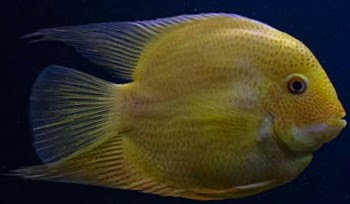 |
| demerits demersal fish |
Gastropod means belly-leg, as they appear to crawl on their stomach. Common seafood groups are abalone, shellfish, loins, whey, and periwinkles.
Cephalopods mean head-legs, as they have limbs that continue from their heads. He has excellent eyesight and high intelligence. Examples are octopuses, squid, and cuttlefish. They are eaten in many cultures. Depending on the species, the arms and sometimes other body parts are crafted in different ways. The octopus must be boiled to rid it of slime, odor, and residual ink. Squids are popular in Japan. In Mediterranean countries and Britain, squid is often referred to as calamari. Cuttlefish are eaten less than squid, although it is popular in Italy and dried, sliced cuttlefish is a snack food in East Asia. Take a look at squid (food) octopus (food).
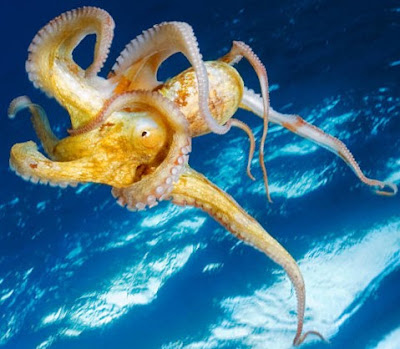 |
| Cephalopods |
Northern prawn shrimp Shrimps and prawns are ten-legged crustaceans with small, slender, long-eyed. They are widespread and can be found near most coasts and rivers, as well as rivers and lakes in the sea. There are many species, and there is usually a species adapted to a particular habitat. Take a look at shrimp (food), lobster farming, shrimp farming, freshwater prawn farming.
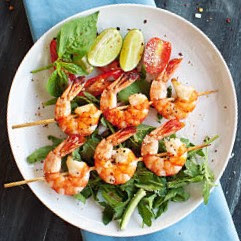 |
| Prawns |
The clawed lobster has large asymmetrical claws for the front limbs, one for gnawing and one for biting. The spiny lobster lacks large claws but has a long, spiny antenna and a spiny carapace. Lobsters are larger than most prawns or crabs.
Northern krill are like krill baby shrimp are found in oceans around the world where they filter feed very sadly they have external gills and more than ten legs they are Large animals eat estimated biomass (about 600 million tons) of krill each year. Humans consume krill in Japan and Russia, but most of the krill harvest is used for fish feed and oil extraction. Krill oil contains omega-3 fatty acids, like fish oil.
dolphin and a whale
Aquatic Mammals Marine mammals form a diverse group of 128 species that depend on the ocean for their survival. Whale meat is still harvested from legal, non-commercial hunting. About a thousand long fins Pilot whales are still killed. In modern Japan, two cuts of whale meat are usually eaten. Distinguished: Belly meat and the more valuable tailor temporary meat.
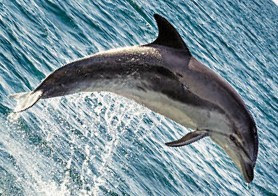 |
| Dolphin |
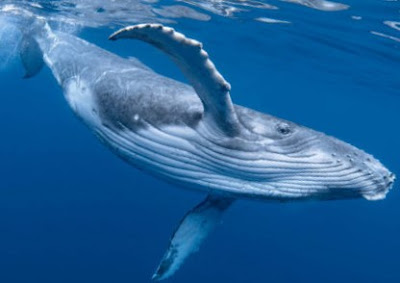 |
| Whale |
Sea milk Echinoderms are not found in freshwater are headless invertebrates found on the seafloor in all oceans or all in the depths. They move with their five-pointed radial symmetry retractable tube feet and breathe. They are covered with a cool and pointed exam or skin. The name echinoderm comes from the Greek chinos meaning wild rat and gives meaning skin. Echinoderms used for seafood include sea cucumbers, sea urchins, and a type of fish that has five to seven-branched limbs. Wild sea cucumbers are caught by divers and cultivated in artificial ponds in China. Genitals Both male and female sea urchins, called sea urchins, are roe or coral, the world Many parts of the U.S. have a plethora of dishes.
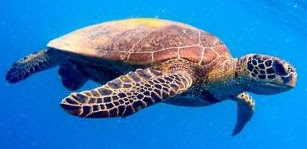 |
| Turtle |
Sea squirts Other aquatic animals not included above, such as ducks, seahorses (pictured), spoon worms, lancelets, and frogs. Water Plants and Microphytes Total for Aquatic Plants and Microphytes.
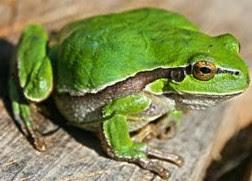 |
| Frog |
Microalgae are another type of aquatic plant and include species that can be consumed by humans and animals. In aquatic bacteria, there are species, such as spirulina (pictured), a type of cyanobacteria that can also be used as seafood.
Raw seafood and Grilling Seafood
To the breakdown of amino acid probes, biological amines, and ammonia the "fishy" odor of fish is dead. Live meal fish is often transported in tanks at high expense to an international market. To prefer the seafood to be killed immediately before it is cooked. Live fish are also being delivered without water. The live food fish trade in Hong Kong, for example, estimated that imports of live food fish exceed 15,000 tons in 2000. Indicators on some chilled seafood products.
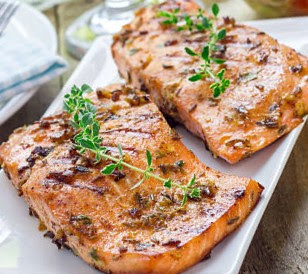 |
| Grilled Fish |
Long-term conservation of fish is accomplished in a variety of ways. The oldest and still the most widely used techniques are drying and sanding. Drying (complete drying) is commonly used to preserve fish such as COD. Partial drying and salting are popular for preserving fish such as minnow. Fish such as salmon and tuna are cooked and canned. Most fish are filleted before canning, but some smaller fish (e.g. sardines) are simply their head and gutted before canning.
Intake
The most common food allergies are caused by fish. Oily fish such as minnow is rich in long-chain omega 3 fatty acids in the oil. These oils are found in every cell of the human body and are essential for human biological functions such as brain function. Whitefish such as haddock and cod are very low in fat and calories, which is why oily fish rich in omega 3 fatty acids such as mackerel, sardines, fresh tuna, salmon, and trout, may help protect against heart disease. Helps in developing arterial disease, as well as strong bones and teeth.
Texture and taste
More than 33,000 species of fish and many more marine invertebrate species have been described. In addition, a chemical substance called dimethylsulfoniopropionate (DMSP), found in red and green algae, is transferred to animals in the marine food chain. In small amounts, it creates a distinctive odor associated with the sea, but which in large amounts gives the impression of rotten seaweed and old fish.
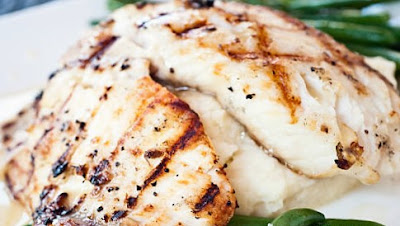 |
| White Fish |
Health facilities
Fish intake is associated with a reduced risk of dementia, lung cancer, and stroke. The review suggested that two to four servings per week are generally safe. Parts of the fish that contain essential fats and micronutrients often cited as the primary health benefits of eating seafood, are often missed in the developed world.
Government recommendations promote moderate consumption of fish. UK National Health Service recommends at least 2 portions (about 10 ounces) of fish weekly. The Chinese National Health Commission recommends more, recommending 10 - 20 ounces of fish weekly.
Health hazards
Barracuda avoids a high risk of cicatricial found in Florida. Thus, knowing the origin and life history of a fish is essential to determine its health hazards.
There are many factors to consider in evaluating the health hazards of seafood. These concerns include marine toxins, microbes, food-borne illness, radionuclide contamination, and human contaminants. The more common oysters are food allergies. However, consumers have limited access to relevant and actionable information regarding this and the systemic problems of the seafood industry, who erroneously decide what is safe and even more frightening.
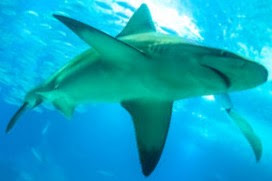 |
| Shark |
Species of fish that are higher up the food chain, such as sharks, swordfish, king mackerel, albacore tuna, and clumps have high concentrations of these bio accumulators. This is because bio accumulators accumulate in the fish's muscle tissue, and when a predatory fish eats another fish, it assumes the entire body burden of bio accumulators in the consumed fish. This process is called biomagnification.
Man-made disasters can cause localized threats to seafood that can be widely spread through Picene food chains. The first incidence of the prevalence of mercury poisoning in humans this way occurred in the 1950s in Minamata, Japan.
'Confusion about risks and benefits causes minor fish Avoid consumption. Thousands of additional CHD [congenital heart disease] deaths per year and subclinical neurodevelopment in children."
Misconceptions of seafood
Unlike tuna, escarole is associated with gonorrhea and severe cramps after consumption. In many restaurants, most fish labeled as tuna, white tuna, or albacore are misclassified.
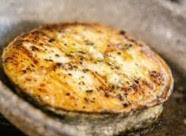 |
| Fish |
Stability
This is due to pollution and overfishing, according to some researchers, a threat to marine ecosystems. An original study, author Ray Hilburn of the University of Washington in Seattle. The new study found that fish stocks can be depleted and made commercially viable again through good fish management techniques. An analysis published in August 2020 suggests that the current yields are not comparable. Seafood in comparison could theoretically grow by 20–50 to 36–74% continuously and whether or not these production efficiencies are realized continuously depends on a number of factors "such as policy reform, technological innovation and future growth in demand". the extent of change".
The FAO World State of Fisheries and Aquaculture 2004 report estimated that in 2003, the main fish stocks or groups of resources for which assessment information is available, "about one-quarter were exploited, depleted or recovering from scarcity (16%, 7%). and 1% and needs reconstruction."
In religion Kosher Seafood
For most of the time, Islamic dietary laws allow eating seafood, however, Hanbali prohibited eel, Shafi'i frogs, and crocodiles, and Hanafi prohibit bottom feeders such as shellfish and carp. Jewish laws forbade eating shellfish and eel. In ancient and medieval times, Catholics It is forbidden to eat meat, eggs, and dairy products during church fasts. becomes a great encouragement to lust."
Pakistani seafood name
Fish fry
Fish processing
Fish gravy
Prawn
and many other dishes.
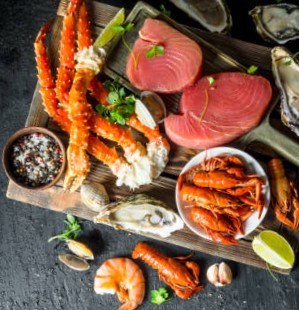

.png)


.png)

.png)


Seafood is my favorite
ReplyDeleteThank you for all this valuable informations
Thank you so much for your feedback
ReplyDeletenice blog
ReplyDelete